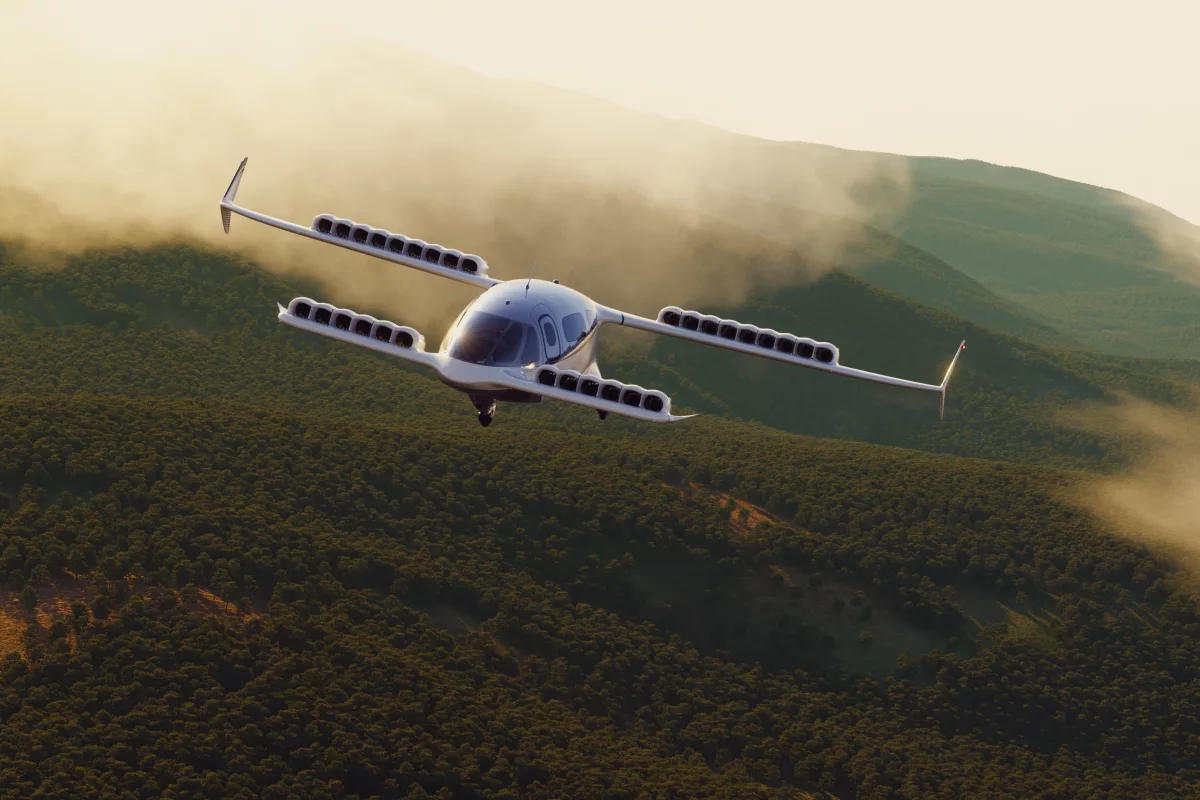When we last looked at air taxi startup Lilium, it was in administration and laid off most of its employees on December 20. Now it seems there was a Christmas miracle on December 24, with investors throwing out a €200 million (US$206 million) lifeline.
In the fast-moving air taxi and eVTOL market, things are jumping at a pace not seen since the dotcom bubble of the 1990s when flash new companies had the lifespan of mayflies with a chronic cough.
Case in point is Lilium, which was developing some truly impressive technology focusing on ducted fan electric jets. Having burned through €1.5 billion ($1.5 billion) in investor funds to develop a series of prototypes, the company seemed confident enough to announce that flight testing would get underway this year and the first deliveries ready in 2026.
However, things don't always work that way – especially in a high capital, high risk field like aviation. In October, Lilium was scrambling for additional investments to keep the doors open and by late December the company announced that the only people still on the payroll would be handling the depressing job of liquidation.
I've done contracts for firms going through that and, believe me, it is not anywhere close to the definition of fun. The staff ended up having throwing-knife competitions in the basement.
Then things changed, apparently for the better for Lilium on Christmas Eve when a new investor group called Mobile Uplift Corporation announced that it would provide the money needed for the company to restart and rehire its sacked workers. According to a statement released to Aviation Week, Mobile Uplift consists of the US private equity group Fifth Wall and an unnamed European financial investor along with battery producer CustomCells and some of Lilium’s creditors and pre-insolvency shareholders.
The refinancing is optimistic but far from a done deal. There are the insolvency courts in Germany, where Lilium is based, to deal with as well as creditors and the like, not to mention restructuring the company for a restart. However, Mobile Uplift is confident that the proceedings will be concluded in the next couple of weeks.
The rescuers see the new capital as sufficient to see the company through to maturity, which, according to Aviation Week, may mean flight certification of at least one prototype. What happens after that is a matter of speculation. It could be that Lilllium will indeed begin building air taxis. However, Mobile Uplift seems equally keen on the technology that the company is developing that could have wide applications as helicopter replacements or for emergency services.
In other words, it's possible that the rescue could also be a way to fatten Lilium up for a more profitable sell off in whole or in pieces somewhere down the line.
"We are very pleased to announce the signing of an investment agreement with a very experienced consortium of investors, which is a major breakthrough," said Lilium CEO Klaus Roewe. "Deal closing at the beginning of January will allow us to restart our business."
Source: Lilium





